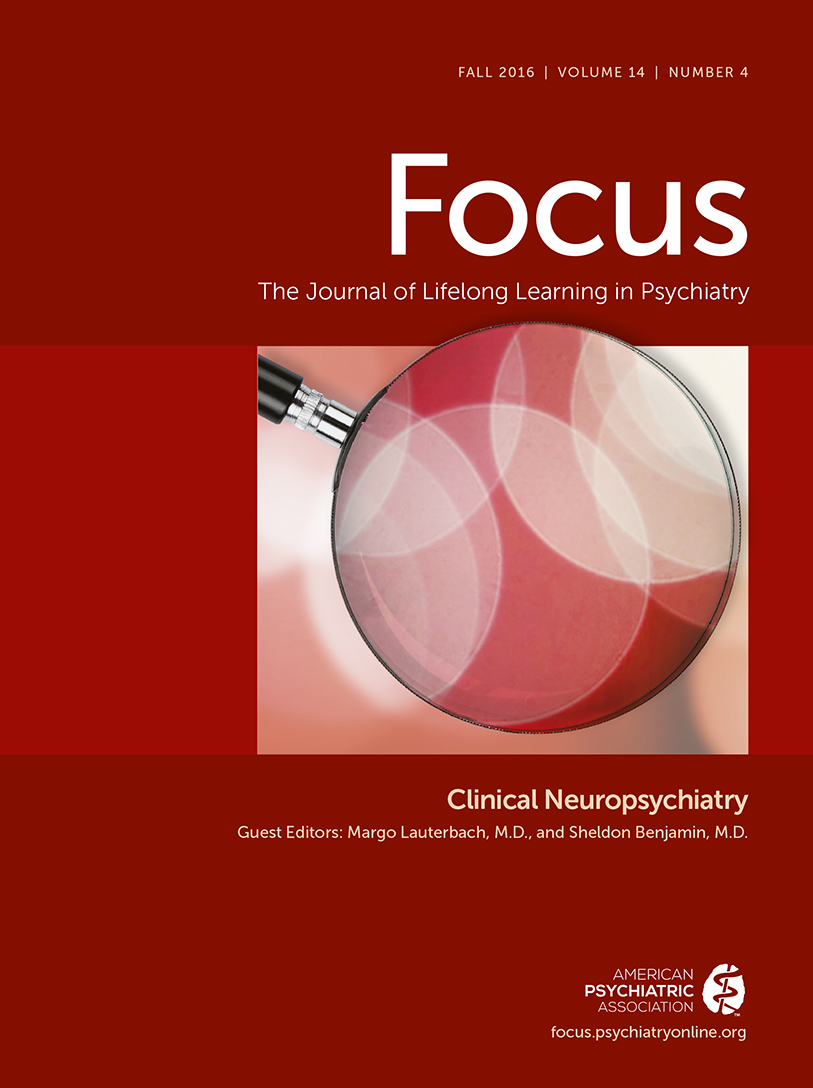Ideally, aggressive behavior in brain-damaged individuals should be addressed by a multidisciplinary treatment team, admittedly easier to find in residential or community programs with behavioral staff. Treatment must begin with a clear description of the particular target behavior being addressed by the treatment plan and a method of counting or charting it as the primary outcome. Antecedent behaviors should be specified by the team to facilitate prediction and prevention of outbursts. Maintaining staff consistency across shifts and keeping the patient’s unstructured time to a minimum are important. Staff should seek to avoid inadvertent reinforcement of aggressive behavior by planning in advance the type of attention to be given when aggression occurs. The treatment plan should include an attempt to reduce antecedent behaviors, the introduction of rewards for alternative desirable behaviors, and implementation of one medication or behavioral plan change at a time in order to allow conclusions as to treatment efficacy. A behaviorally informed psychologist can be deployed to teach the staff or family members the principles of reinforcing desirable behaviors and to help design a tracking system. Simple rating scales such as the Overt Aggression Scale (
5) allow staff to easily rate aggressive incidents. Collection of baseline data before prescribing medication allows for later comparison. The physician should have a working diagnosis that includes the type of aggressive behavior and the most likely cause before prescribing. In diagnosed psychiatric disorders, aggression is approached by first providing maximal treatment for the disorder, before adding supplementary treatment for aggression. When empirically treating aggressive episodes outside of the context of a definite psychiatric disorder, one should use an ABA treatment protocol (on-off-on) to provide more reliable evidence of response. Such an approach would not be appropriate when treating a known psychiatric disorder.
To minimize adverse effects, especially in vulnerable populations such as elderly patients with dementia, an attempt should be made to manage aggressive behavior with environmental and behavioral interventions before prescribing medication. If a medication trial is planned, the diagnostic features outlined above should inform medication choice. In the case of psychiatric causes of aggression, if the symptoms do not support the diagnosis of a psychiatric disorder, antecedent behaviors that include symptoms typically seen in a psychiatric disorder may help guide treatment. Care should be taken to verify the definition of aggressive behavior used when reading published literature on its treatment. Although a review of the evidence supporting psychopharmacologic interventions is beyond the scope of this column and the evidence supporting any pharmacologic treatment for aggressive behavior remains weak (
6), the following general approaches may be useful. Anticonvulsant mood stabilizers are used in the treatment of aggression related to bipolar disorder, intermittent explosive disorder, epilepsy, and epileptiform EEG in the absence of seizures. Behavior that remains at a well-regulated normal baseline between discrete episodes may also be an indication for antiepileptic treatments, but the evidence for antiepileptic agents for treatment of aggressive behavior outside of these contexts is not strong. Lithium has been shown to be useful and is often overlooked (
7). Beta blockers (or alpha-adrenergic agonists) may be used when there is traumatic brain injury, developmental disability, diencephalic aggression, and severe anxiety or when aggression occurs in response to routine requests (
8,
9). Selective serotonin reuptake inhibitors may be tried for affective aggression, impulsive aggression, aggression in the context of dysphoria with or without major depression, obsessive compulsive disorder or compulsive behaviors, posttraumatic stress disorder, or for aggressive behavior that has a clear date of onset. In addition to being used for psychosis and bipolar disorder with aggression, second-generation neuroleptics may be used for severe impulsivity or other severely aggressive episodes unresponsive to other treatments. Among neuroleptics, clozapine may have the strongest evidence for use with adults. Risperidone and aripiprazole are the only medications currently approved for treatment of irritability in autism spectrum disorders (
10). For aggressive behavior in appropriate diagnostic settings, anxiolytics, stimulants, or
N-methyl-
d-aspartate blockers are also occasionally used, albeit with caution. Regardless of psychopharmacologic intervention, good practice is to maximize treatment with a single agent before engaging in polypharmacy. In adding a second agent, consideration should be given both to pharmacokinetic interactions and treatment compliance.

